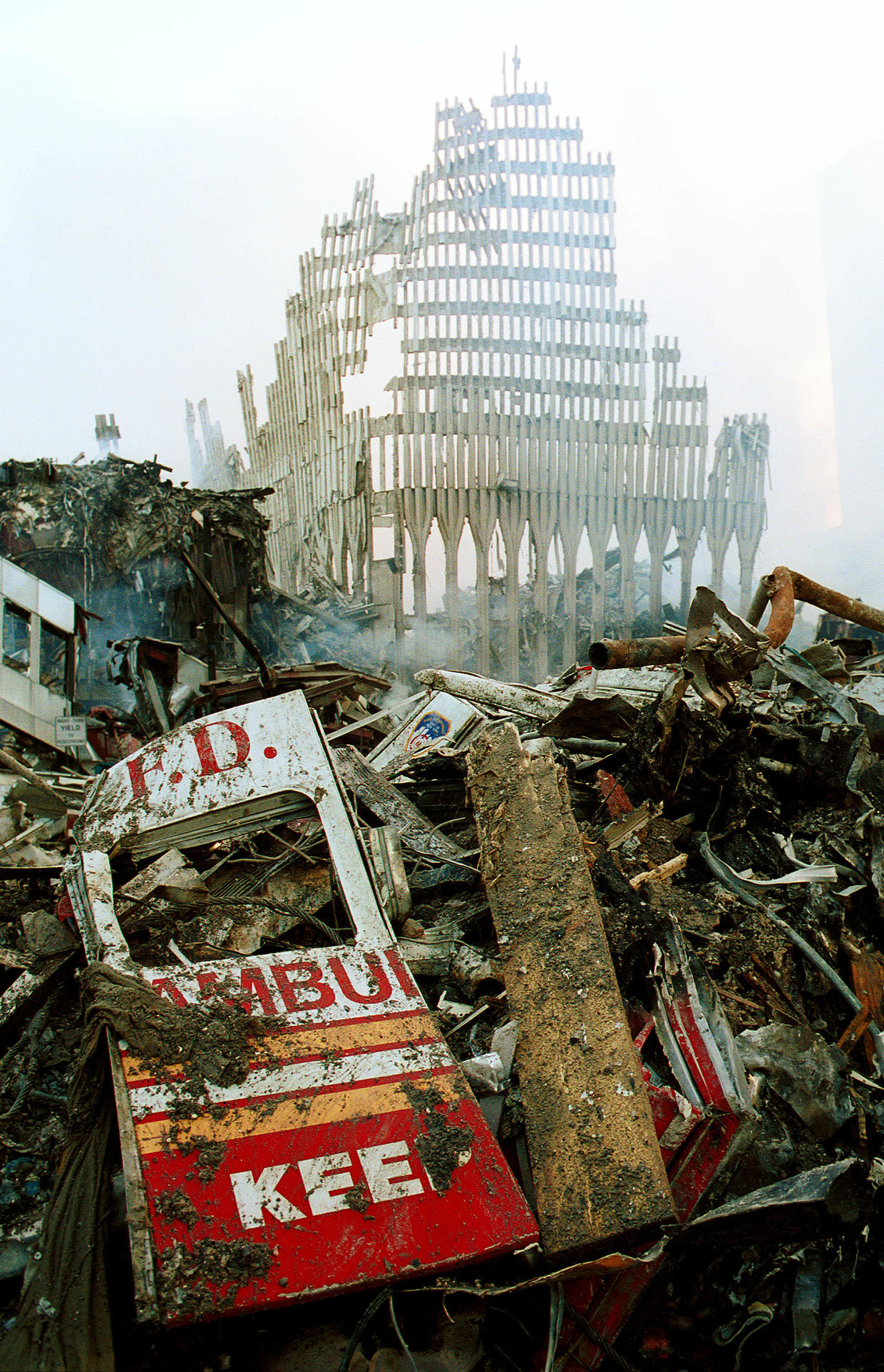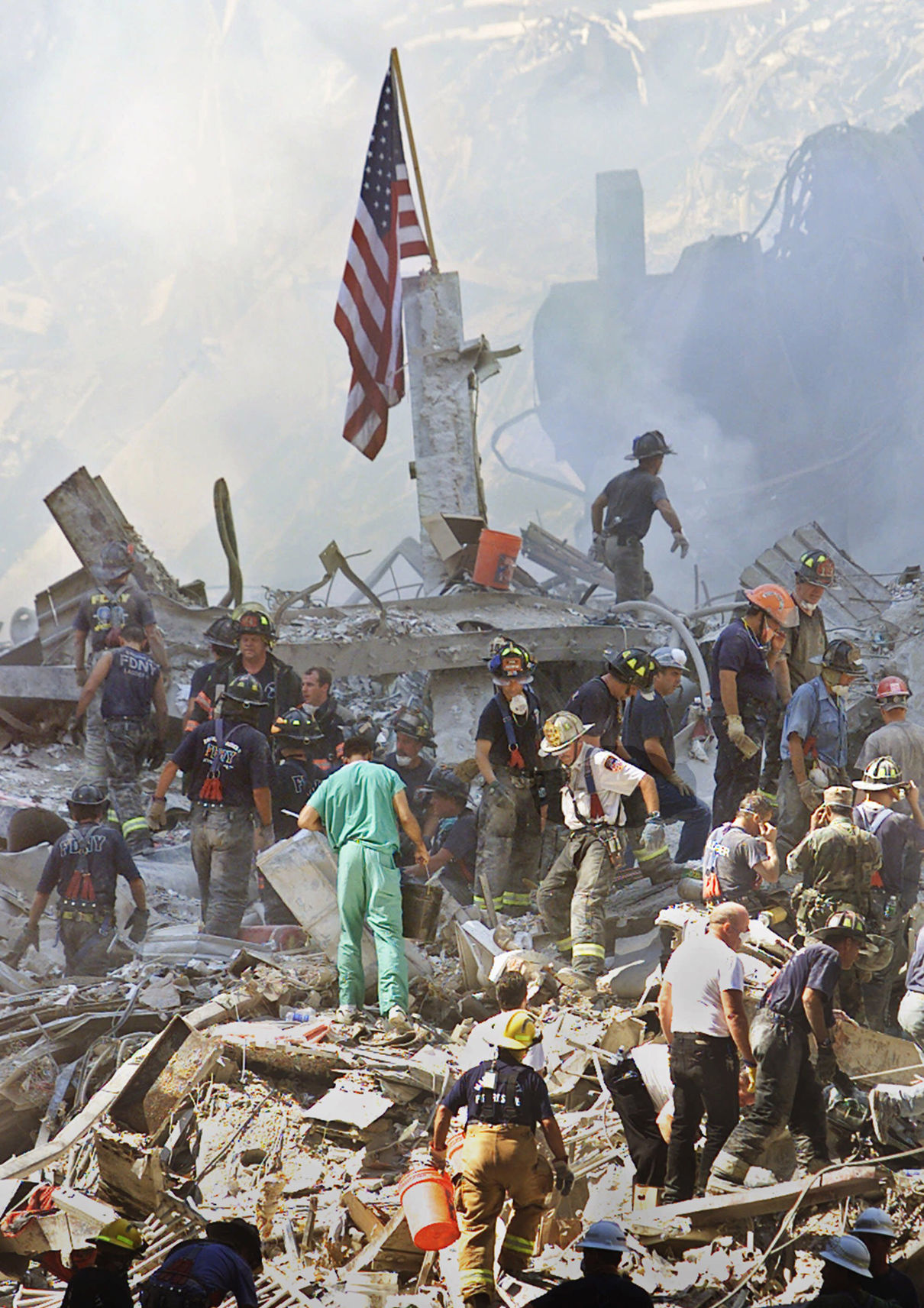

The count is so high in part due to the nature of the attacks. Marmar estimates that between 70,000 to 100,000 people in New York alone had the kind of exposure on September 11th that puts them at risk for developing PTSD. "Those who are going to go on to the acute and chronic forms of PTSD are very likely to exhibit symptoms in the hours to days after ," says Charles Marmar, professor and vice chair of the department of psychiatry at the University of California at San Francisco and associate chief of staff at the San Francisco Veterans Affairs Medical Center. For diagnosis, symptoms must persist for more than one month but they may surface immediately. PTSD typically manifests itself in flashbacks or nightmares that replay the traumatic event, an avoidance of reminders of the ordeal or a hyperalert state. This high-risk group includes not only individuals exposed to life-threatening danger themselves but also those who watched the events unfold from a nearby vantage point or lost a loved one. What the experts do know is that those most at risk-specifically for developing post-traumatic stress disorder (PTSD)-are people with direct, personal involvement in the tragedies. Now mental health professionals can only make educated estimates of how many more of us will be affected in the near future, although they have begun studying the problem. an estimated $42 billion a year in medical and work-related losses.


Before the terrorist attacks on the World Trade Center and the Pentagon, anxiety-related disorders cost the U.S. As our definition of normal continues to evolve, though, one thing is clear: Americans are more anxious than ever. But most of us are still not sure what it changed into. On September 11th, American life changed.


 0 kommentar(er)
0 kommentar(er)
